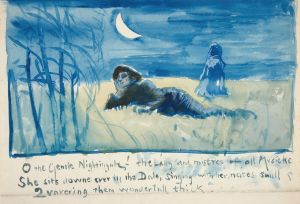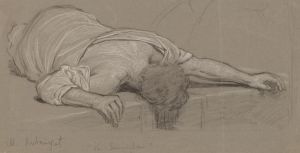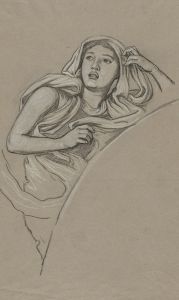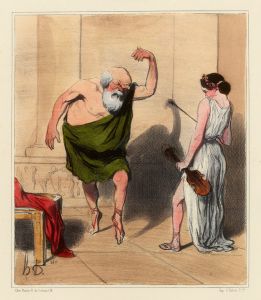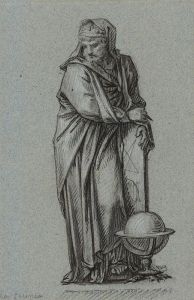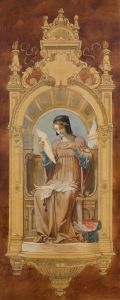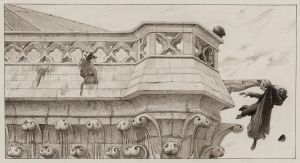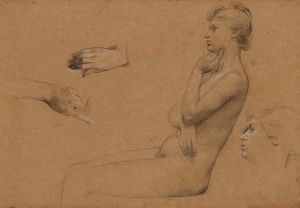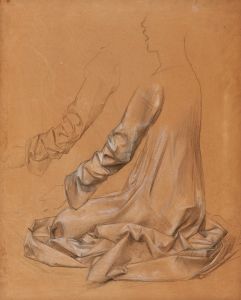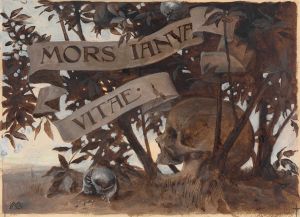
La Vérité
A hand-painted replica of Luc-Olivier Merson’s masterpiece La Vérité, meticulously crafted by professional artists to capture the true essence of the original. Each piece is created with museum-quality canvas and rare mineral pigments, carefully painted by experienced artists with delicate brushstrokes and rich, layered colors to perfectly recreate the texture of the original artwork. Unlike machine-printed reproductions, this hand-painted version brings the painting to life, infused with the artist’s emotions and skill in every stroke. Whether for personal collection or home decoration, it instantly elevates the artistic atmosphere of any space.
La Vérité is a painting by the French artist Luc-Olivier Merson, known for his detailed and allegorical works. Merson, born in 1846, was a prominent figure in the French art scene during the late 19th and early 20th centuries. He was recognized for his academic style and his ability to infuse his paintings with symbolic meaning, often drawing from historical, religious, and mythological themes.
La Vérité, which translates to "The Truth" in English, is one of Merson's notable works that exemplifies his skill in allegorical representation. The painting is characterized by its meticulous attention to detail and the use of symbolism to convey deeper meanings. Merson's work often reflects the academic art traditions of his time, emphasizing clarity, precision, and a narrative quality that invites viewers to explore the underlying messages.
The painting depicts the personification of Truth, a common theme in art that has been explored by various artists throughout history. In Merson's interpretation, Truth is often portrayed as a serene and dignified figure, embodying purity and enlightenment. The use of light and shadow in the painting is particularly significant, as it highlights the figure of Truth, drawing the viewer's attention to her presence and the symbolic weight she carries.
Merson's choice of subject matter in La Vérité aligns with the broader artistic and intellectual movements of his era, which frequently engaged with themes of morality, knowledge, and the human condition. The painting reflects the artist's interest in exploring complex ideas through visual means, using allegory as a tool to communicate philosophical concepts.
Throughout his career, Merson received numerous accolades for his work, including the prestigious Prix de Rome in 1869, which allowed him to study in Italy and further develop his artistic style. His contributions to the arts extended beyond painting, as he also worked in illustration and design, creating works for books, theater, and even currency.
La Vérité, like many of Merson's works, demonstrates his commitment to the ideals of academic art, with its emphasis on technical skill and intellectual depth. The painting remains an example of Merson's ability to blend narrative and symbolism, inviting viewers to reflect on the nature of truth and its role in human understanding.
Merson's legacy as an artist is marked by his dedication to the principles of academic art and his influence on subsequent generations of artists. His works continue to be studied and appreciated for their artistic merit and their capacity to engage with enduring themes that resonate across time.





